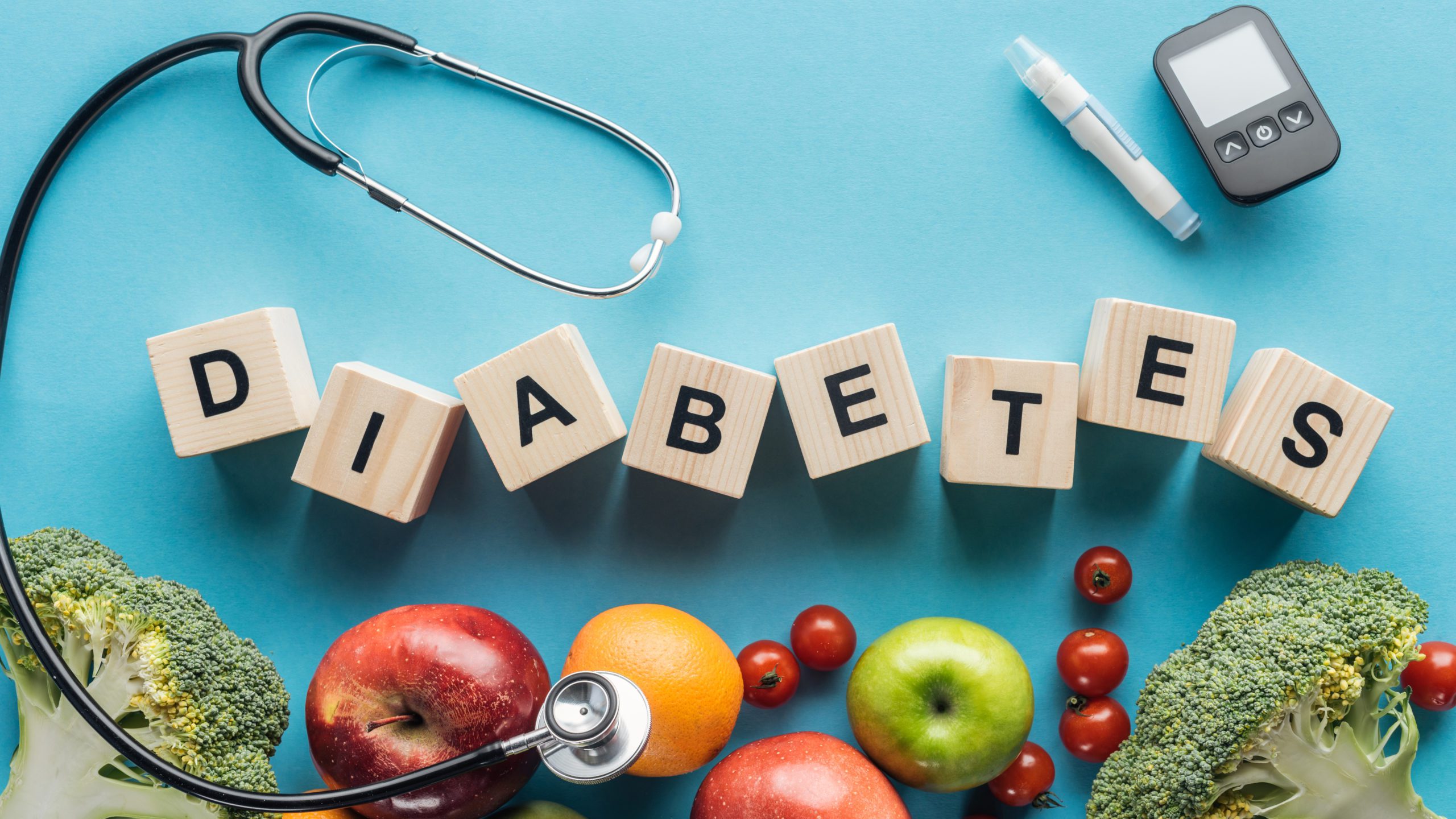What is diabetes?
Diabetes is one of the major public health concerns worldwide and in the United States. According to the Centers for Disease Control and Prevention estimates for 2018, 34.1 million people in the U.S. have diabetes, and 88 million people have prediabetes. Among them, 14.3 million people with diabetes and 24.2 million with prediabetes are 65 years and older.
Diabetes is a chronic metabolic condition related to insulin, the hormone produced by the pancreas. Most of the food you consume is broken down into sugars that are released into the bloodstream. When the sugar level of the blood goes up, it makes the pancreas produce insulin. It, in its turn, lets the blood sugar into body cells, where it can be used as an energy source. In the case of diabetes, insulin is not produced in proper amounts, or cells do not respond to it. This causes too high blood sugar, which can eventually lead to serious health problems such as heart conditions, kidney disease, or vision loss.
Type 1
There are three main types of diabetes: type 1, type 2, and gestational diabetes. The latter one is diabetes that develops during pregnancy in women that never had diabetes before. In type 1 diabetes, the body is not able to make insulin or makes very little of it. It is considered to be related to an autoimmune reaction that kills pancreas cells responsible for insulin production. Some people have genes that make them more likely to have type 1 diabetes. Still, many do not develop it even if they have those genes. An external trigger, such as a virus, might also play a role, but eating habits and lifestyle do not cause type 1 diabetes. The known risk factor is a family history of the condition. This type can develop at any age but usually is diagnosed in children and younger adults. Only about 5-10% of people with diabetes have type 1.
Type 2
The most common is type 2 diabetes, which is 90-95% of all cases. Most often, it develops in people over 45 years old, but it can also develop at any age. In this type of diabetes, cells become resistant to the effect of insulin, meaning that they do not adequately respond to it. Among the risk factors for type 2 diabetes there are overweight, prediabetes, age of 45 or older, family history, lack of physical activity, history of having gestational diabetes. African American, American Indian, Hispanic/Latino American, or Alaska Native nations are also considered to be at a higher risk of developing type 2 diabetes. It is possible to prevent or delay this type of diabetes by making changes towards a healthy lifestyle.
Prediabetes deserves special attention. It is characterized as a condition where blood sugar is higher than normal but is not high enough to be considered diabetes. However, if no measures are taken, it can turn into type 2 diabetes. The National Diabetes Prevention Program offers a lifestyle change program, which can help you lower the risk of developing type 2 diabetes by as much as 58%.
Diagnosis and treatment
Symptoms of diabetes sometimes are similar to symptoms of other conditions and might be hard to spot. Therefore, it is essential to know the risk factors and get tested if you have any of them. A simple blood test will give you the needed information. In case of suspicion for type 1 diabetes, you will also be tested for the presence of autoantibodies in the blood or ketones in the urine. It is crucial to detect the condition as early as possible to deal with it effectively.
To manage type 1 diabetes, you might need to take insulin shots daily to control blood sugar levels. For type 2 diabetes, healthy eating habits and physical activity are essential. You also might be prescribed different injectable or oral medications to help manage blood sugar levels. In both cases, you will need to measure blood sugar regularly. Keeping track of it is helpful in preventing any possible complications. Stress management is also a big part of dealing with diabetes, and it is important to get any possible help from close people or health professionals.
Diabetes is a widespread public health concern. However, we can reduce its prevalence by simply caring about our health. Profilactics and early detection of diabetes are key factors in dealing with it.
More details:
Prediabetes and measures of prophylaxis
Differences between type 1 and type 2 diabetes
Causes, mechanisms of the disease development and symptoms (Diabetes mellitus type 1)
Causes, mechanisms of the disease development and symptoms (Diabetes mellitus type 2)
Source CDC
















Leave a Reply
You must be logged in to post a comment.